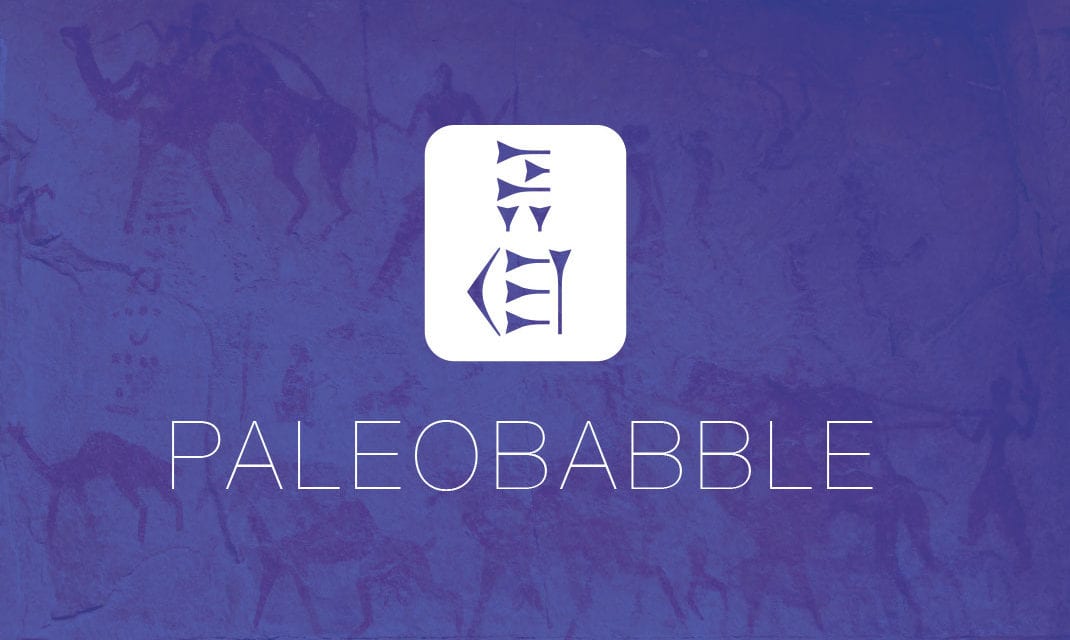A “not guilty” verdict in the seven-year trial of antiquities dealer Oded Golan was announced today. The trial was significant in that it involved the James ossuary (and so, naturally, its inscription, “James, son of Joseph, brother of Jesus”). As I blogged a short time ago (see point #3 at the link), though the ossuary itself is accepted by all as authentic, many scholars consider the inscription to be entirely or partly faked. Since this ossuary is thought by some (namely Jacobovici and Tabor) to have originally been interred in the first Talpiot tomb (the “Jesus family tomb”), the case has been watched closely.
Mark Goodacre has a round-up of scholarly responses to the verdict. Most (Tabor of course is an exception) don’t think a legal verdict means the inscription is authentic, declaring that the scientific evidence against the inscription is a separate issue from who is responsible for it. The response of Eric Meyers of Duke University, whose comments are representative:
“I would therefore emphasize that because the government, in this case, the Israel Antiquities Authority and the Israel Police, failed to prove that the artifacts in question were inauthentic in no way means that they are authentic. The burden of proof that falls on the prosecution in a criminal case must rise to a high level of proof beyond reasonable doubt. The fact that the defendants have been acquitted thus does not end the matter of the quest to decide authenticity. This leaves much opportunity for academic opinion to continue to believe that these artifacts are not authentic and to question their provenance.”
Meyers’ response also includes mention of the fact that “The prosecutor Dan Bahat said the case had been weakened by the refusal of a key witness to travel from Egypt to testify, the same person who had appeared on Sixty Minutes.”






Authentic!
Hardly. The legal verdict isn’t going to erase the scientific evidence opposing the inscription.
What scientific evidence? Authentic!